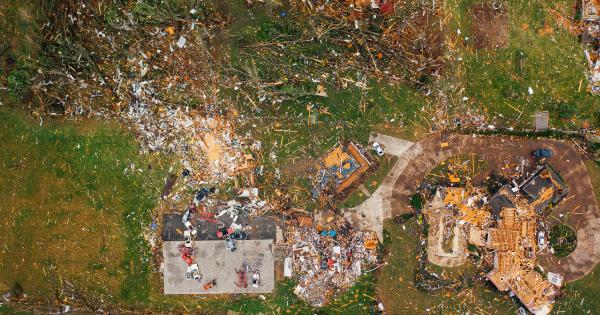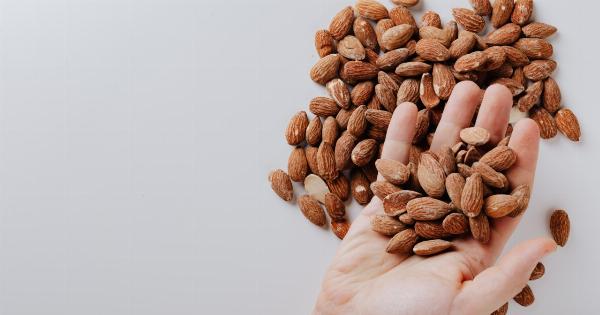Height, being one of the most noticeable physical attributes, plays a significant role in our lives. It can affect our confidence, self-esteem, and even how others perceive us. It is no wonder that many people wonder if height decreases with age.
In this article, we will explore the science behind height and whether it really does decrease as we grow older.
Understanding Height Growth
Height is determined by a combination of genetic and environmental factors. During childhood and adolescence, the growth plates located at the ends of our long bones are responsible for our increase in height.
These growth plates ossify and close once we reach the end of puberty.
Throughout puberty, growth hormone plays a crucial role in promoting bone growth and elongation. This hormone stimulates the growth plates to produce new bone tissue. As a result, individuals experience a growth spurt during their teenage years.
However, once the growth plates close, usually around the age of 18-20 in females and 20-22 in males, the long bones can no longer grow in length. This means that the potential for height gain significantly decreases after this point.
Natural Height Loss
While height gain may no longer occur after the adolescent growth spurt, there are other factors that can lead to a decrease in height as we age.
1. Intervertebral Disc Degeneration
The intervertebral discs, which act as cushions between the vertebrae in our spine, can undergo degeneration over time. This degeneration can cause a decrease in disc height, resulting in a slight loss of overall height.
2. Posture and Alignment
As we age, many individuals experience changes in their posture and alignment. Poor posture and spinal misalignments can lead to compression of the spinal discs and a decrease in height.
Conditions such as osteoporosis or spinal fractures can further exacerbate this height loss.
3. Muscle Loss
Muscle loss, known as sarcopenia, is a common occurrence as we age. This loss of muscle mass can lead to a decrease in overall body support, including the spine.
Without proper muscle support, individuals may appear shorter due to a slight stooping or sagging posture.
4. Bone Density Loss
As we age, our bones become less dense and lose some of their mineral content. This condition, known as osteopenia or osteoporosis, can cause the vertebrae in the spine to compress, leading to a slight decrease in height.
When to Expect Height Loss
While height loss can occur at any age, it is most commonly observed in individuals over the age of 50. This is a natural part of the aging process and is generally gradual. The amount of height loss can vary from person to person.
It is also essential to note that height loss due to aging is relatively minimal. On average, individuals typically experience a decrease in height of about 1-3 centimeters.
Factors such as genetics, lifestyle choices, and overall health can influence the degree of height loss.
Preventing Height Loss
While it may not be entirely possible to prevent height loss as we age, certain measures can help slow down the process and maintain optimal height for a more extended period.
1. Regular Exercise
Engaging in weight-bearing exercises, such as walking, jogging, or weightlifting, can help promote bone density and muscle strength. Strong bones and muscles provide better support for the spine, potentially reducing the risk of height loss.
2. Good Posture
Maintaining good posture is crucial for reducing the strain on your spine and preventing height loss. Practice proper ergonomics when sitting or standing, and consider exercises that help improve posture and strengthen core muscles.
3. Adequate Nutrition
A balanced diet rich in calcium, vitamin D, and other essential nutrients is vital for optimal bone health. Ensure that you are meeting your body’s nutritional needs to support bone density and overall skeletal health.
4. Avoid Smoking and Excessive Alcohol Consumption
Smoking and excessive alcohol consumption can lead to a loss in bone density and muscle mass. By avoiding these habits, you can help maintain healthier bones and muscles, potentially reducing the risk of height loss.
The Bottom Line
While it is true that height gain primarily occurs during childhood and adolescence, the notion that height continues to decrease significantly with age is somewhat exaggerated.
While natural height loss does occur due to factors such as intervertebral disc degeneration, changes in posture, muscle loss, and bone density loss, the overall decrease in height is relatively minimal.
By practicing good posture, maintaining a healthy lifestyle, and taking care of your bones and muscles, you can potentially slow down the process of height loss and maintain optimal height for a longer time.




























